5 Most Dangerous Flying Animals In Illinois
By: Priyanka Maheshwari Tue, 29 Aug 2023 4:46:09
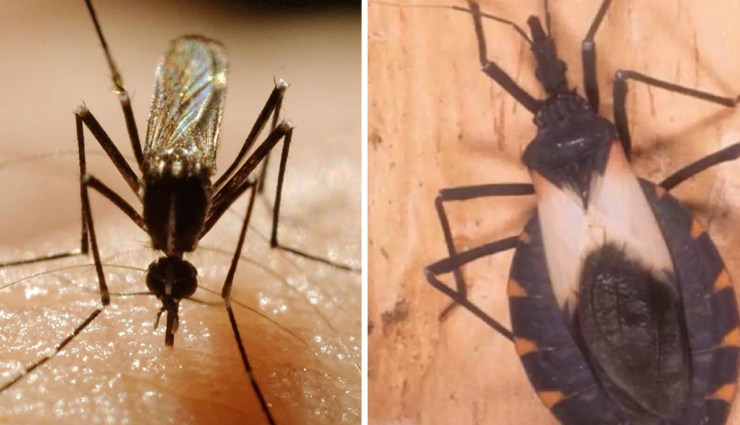
Illinois presents a wealth of attractions for both its residents and tourists. From vast prairies to diverse wildlife, it shines as a prized gem within the Midwest. However, amidst the beauty, not all aspects of its flora and fauna exude tranquility.
As evident from the title, certain airborne creatures demand caution. In the following sections, we will delve into details about five flying creatures native to Illinois that are best observed from a distance – encounters to be avoided at all costs!
Illinois, a state located in the Midwestern region of the United States, is home to a variety of wildlife, including some flying animals that can be considered potentially dangerous in certain situations. While the state is not known for an abundance of truly dangerous flying animals like those found in other parts of the world, there are a few species that residents and visitors should be aware of. It's important to note that these animals generally pose a threat only when provoked, cornered, or if their habitats are disturbed. Here are a couple of examples of potentially dangerous flying animals in Illinois:
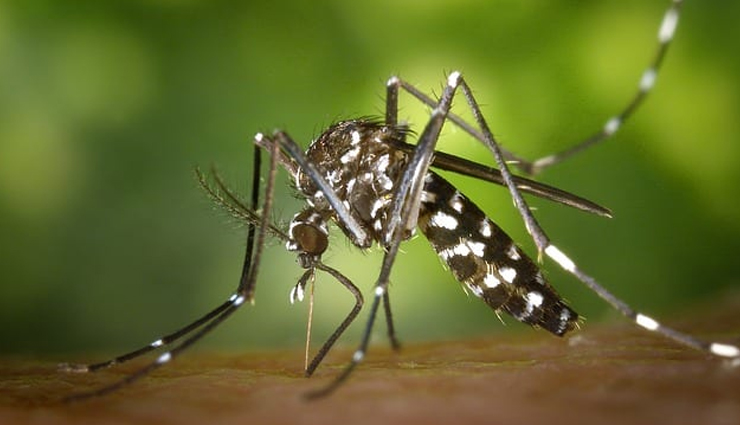
# Mosquitoes
Mosquitoes, diminutive insect-like creatures resembling flies, sustain themselves by consuming the blood of their hosts. During warmer months, fully grown adults become more active, flitting around until they locate a suitable host to bite.
The genuine concern with mosquitoes extends beyond their bothersome bites and the minor amount of blood they withdraw. What truly warrants attention is the array of diseases they transmit to their hosts. Within the state of Illinois, several mosquito species are present, notably the house mosquito, Asian Tiger mosquito, and tree-hole mosquito.
Their sizes, the diseases they carry, and their preferred hours of attack exhibit variations. Remarkably, despite their reputation as mere nuisances capable of spoiling outdoor gatherings, mosquitoes rank among the most lethal insects worldwide.
Annually, over 200 million individuals fall victim to malaria, with two to three million succumbing to this and other diseases borne by mosquitoes. While malaria occurrences are infrequent within the United States, Illinois has recently experienced an upsurge in cases of other perilous mosquito-borne illnesses.
Over the past decade and a half, West Nile virus has emerged as a significant health concern for the populace of Illinois. Although outbreaks of the Zika virus are more frequently associated with tropical regions, sporadic instances of human infection continue to arise within the state.
In the Illinois region, mosquitoes have been associated not only with the St. Louis encephalitis virus but also with various other strains of encephalitis. The most effective strategy in managing mosquitoes often involves minimizing contact altogether.
Transforming your backyard into a safe haven for you and your loved ones can be achieved by eradicating potential breeding sites and employing repellents.
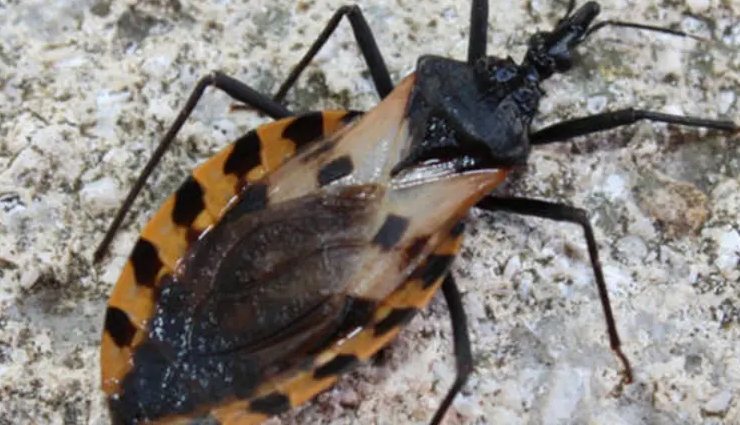
# Kissing Bugs
Given their name, Kissing bugs might evoke notions of something endearing. However, these airborne creatures are blood-feeding insects, with their peak activity occurring during nighttime hours. When fully grown, Kissing bugs can reach a size of up to one inch in length.
Certain varieties of Kissing bugs have a life span spanning two years. These creatures display an indiscriminate approach when it comes to selecting their blood source. Humans, domestic animals, and wildlife alike are susceptible to Kissing bug attacks.
Throughout their life cycle, Kissing bugs exhibit a frequent need for nourishment. While feeding, these bugs might engage in prolonged meals. Interestingly, the bites inflicted by Kissing bugs are usually not painful to the host while the feeding process takes place.
Chagas disease, an inflammatory and infectious ailment, is caused by the parasite Trypanosoma cruzi. Kissing bugs can become carriers of this parasite when they consume the blood of an infected organism.
Upon completing their meal, infected insects excrete waste that contains parasites, thereby depositing them onto the host's skin. Subsequently, these parasites can enter the host's body through various means, such as the eyes, mouth, open wounds, scratches, or bites from other insects. Anyone is susceptible to contracting Chagas disease.
If left untreated, Chagas disease can lead to significant cardiac and gastrointestinal complications in the long run.
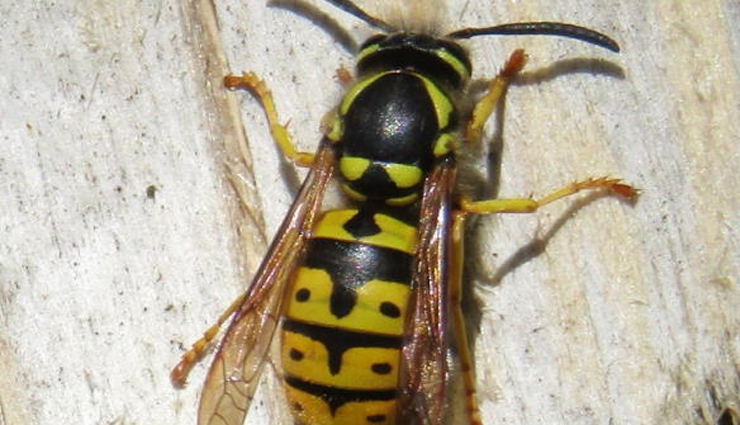
# Wasps
Yellow jackets stand as the primary instigators of stinging incidents within the confines of Illinois. These wasps, including yellow jackets, are often perceived as particularly hazardous. They emit chemicals that attract additional stinging insects, thus exacerbating the situation.
Consequently, swift departure from the affected area is strongly recommended if an attack occurs. Yellow jackets employ their stingers defensively, aiming to safeguard their nests and territory. For some individuals, a yellow jacket sting can trigger severe allergic reactions, necessitating immediate medical attention.
One distinctive characteristic of yellow jackets is their ability to sting repeatedly; their stingers remain intact after each attack. In fact, they might even bite into the skin for better anchoring before delivering their stinger.
Yellow jackets are frequent nuisances during outdoor gatherings such as picnics. Their quest for sustenance, including sugary beverages, frequently places them in close proximity to humans, increasing the likelihood of stinging incidents.
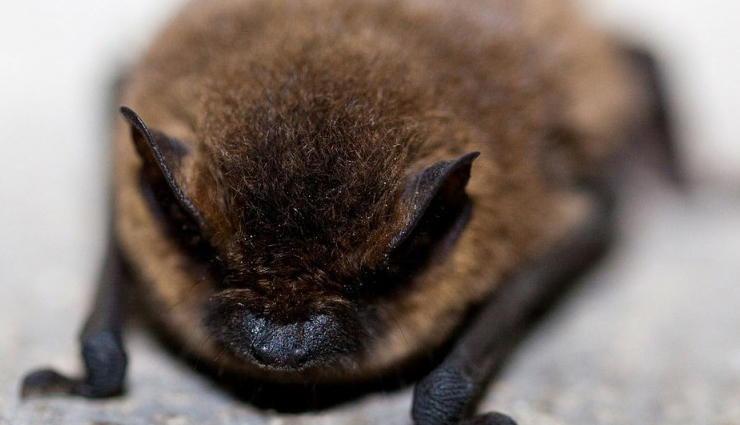
# Bats
Illinois boasts an impressive array of 14 distinct bat species that call it home! The diversity and abundance of bat species found within the state are truly remarkable. However, pinpointing the specific type of bat in your midst can prove to be a challenge when encountering them.
These creatures of the night exclusively spring to life after dark, exhibiting rapid and agile flight patterns. What's less known is that bats can harbor viruses that are fatal to other animals without displaying noticeable symptoms themselves. Notably, diseases like rabies, Ebola, and even the SARS coronavirus are among the viral threats that humans can contract from bats in the vicinity of Illinois.
Each bat residing in Illinois plays a crucial role as insectivores. Throughout the warmer months, they display heightened activity, making homes in trees, caves, beneath bridges, and even attics to nurture their offspring. As temperatures drop, these Illinois bats are left with two options: migrating to warmer climates or entering a state of hibernation.
Legislation within the Wildlife Code is designed to safeguard all bat species within Illinois. With the exception of cases where bats pose a risk of encountering humans or domestic animals, actions like shooting, capturing, transporting, or confining bats are prohibited by law.
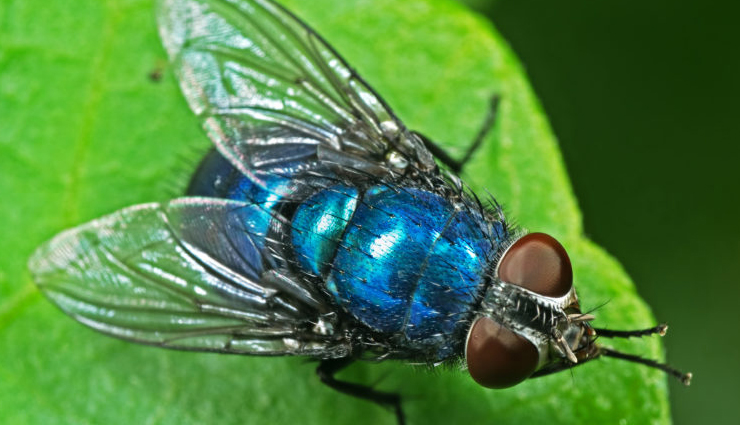
# Flies
Illinois harbors a diverse range of fly species that frequently infiltrate our homes. While many of these present potential health hazards, leading to foodborne illnesses and ailments, others are simply vexing. For instance, the common house fly exhibits a strong affinity for locations such as waste bins, animal excrement, and compost heaps. However, when these flies venture indoors and alight on surfaces utilized for food preparation or storage, they can inadvertently transport harmful bacteria.
Blowflies are also a prevalent presence across the state of Illinois. These flies, like their counterparts, can bear a considerable load of hazardous microbes and organisms on their limbs and skin due to their lifestyle of feeding, breeding, and thriving amidst decaying organic matter. Subsequently, these pathogens can easily make their way onto food, dishes, and food preparation surfaces.
Among the more perilous fly species within the state are deer flies and horse flies. Despite their consumption of plant-based nectar and pollen, the female of these species requires a blood meal to facilitate egg-laying. Consequently, these flies can be responsible for itchy and unsightly red welts following their bites, leaving an uncomfortable reminder of their presence.





